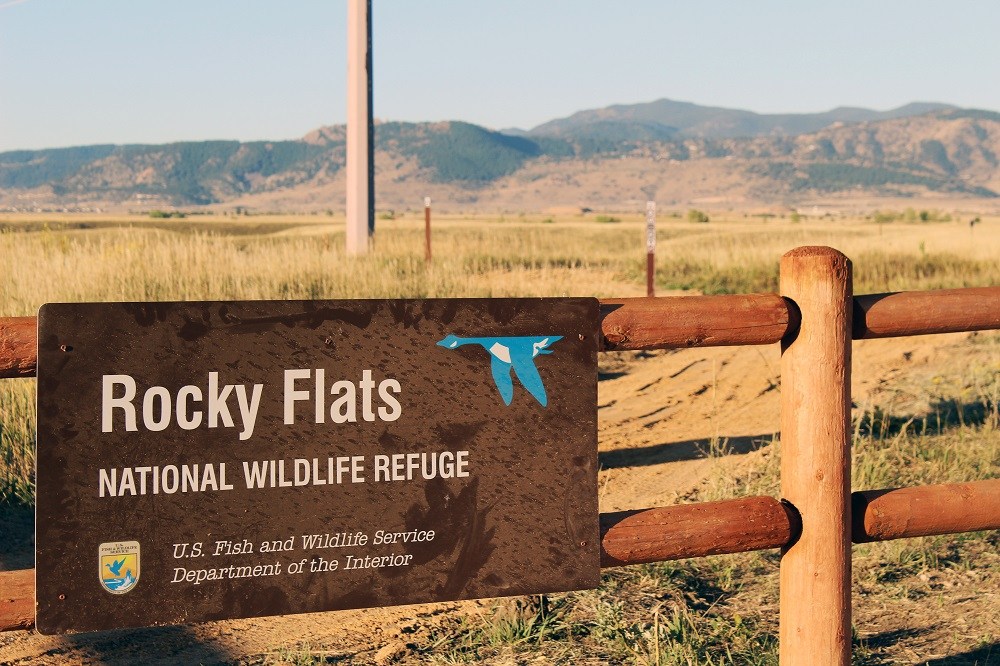Radioactive Waste 405 - U.S. Converting Old Weapons Complexes Into Wildlife Refuges - Part 3 of 3 Parts
Part 3 of 3 Parts (Please read Parts 1 and 2 first)
Jeff Edison is a former health official from Colorado who was involved in the cleanup. He said, “So there's a huge downside to converting it into a wildlife refuge, because it allows residual contamination to remain in place. Theoretically, if the Earth still exists in the year 3000, they'll still be monitoring groundwater at the arsenal,”
Part of the Jefferson Proving Grounds (JPG) in southeastern Indiana became the Big Oaks National Wildlife Refuge. Millions of rounds of artillery were test fired at the JPG. Some of those artillery rounds were made of depleted uranium. Depleted uranium is a byproduct of the production of nuclear fuel. It is used for armor piercing shells because it is so dense. It does not produce enough radiation to be dangerous outside of a human body. However, the dust that results from exploding a depleted uranium shell is dangerous if inhaled or swallowed. There are depleted uranium fragments scattered around the JPG in areas that contain one and a half million unexploded artillery shells. This means that cleanup is not only expensive, but it is also dangerous.
The Army told the Nuclear Regulatory Commission that the estimated cost of completely cleaning up the JPG could be over three billion dollars. The latest plan from the Army is to wait for twenty years in the hope that improved and less expensive technologies will be developed or that the unexploded shells will degrade to the point where they are no longer dangerous.
Tim Maloney is a senior policy director for the Hoosier Environmental Council and he is concerned. He said “I think there's a case to be made that just leaving it in place really maintains an unacceptable risk of contamination spreading from the site. The Army needs to find a way to clean up the depleted uranium safely.” Although some parts of the JPG are safe, visitors have to watch a safety video and sign a waiver where they promise not to sue if they are injured by an exploding artillery shell.
The Rocky Flats Plant (RFP) was a facility where parts for nuclear weapons were manufactured. It is located about fifteen miles northwest of Denver, Colorado. It has been converted to the Rocky Flats National Wildlife Refuge (RFNWR) which is open to hikers and cyclists. However, some critics question whether it is safe. Seven billion dollars were spent to cleanup two square miles where the plutonium triggers for nuclear warheads were manufactured. That part of the old RFP is surrounded by a fence and is closed to the public. The RFNWR was created from the buffer zone that surrounded the area where the triggers were actually made.
While the federal government claims that the RFNWR is safe for human use, critics say that testing at the site was not thorough enough. Another group requested that the courts release documents from an investigation that was conducted over twenty-seven years ago at the weapons RFP. They hope that the documents will prove whether or not the government successfully tracked down and cleaned up all the contamination that was present. Both cases are still pending in federal court.
The creation of wildlife refuges is a worthwhile pursuit, but perhaps more care can be given to ensuring that those refuges are absolutely safe for animals and humans.
